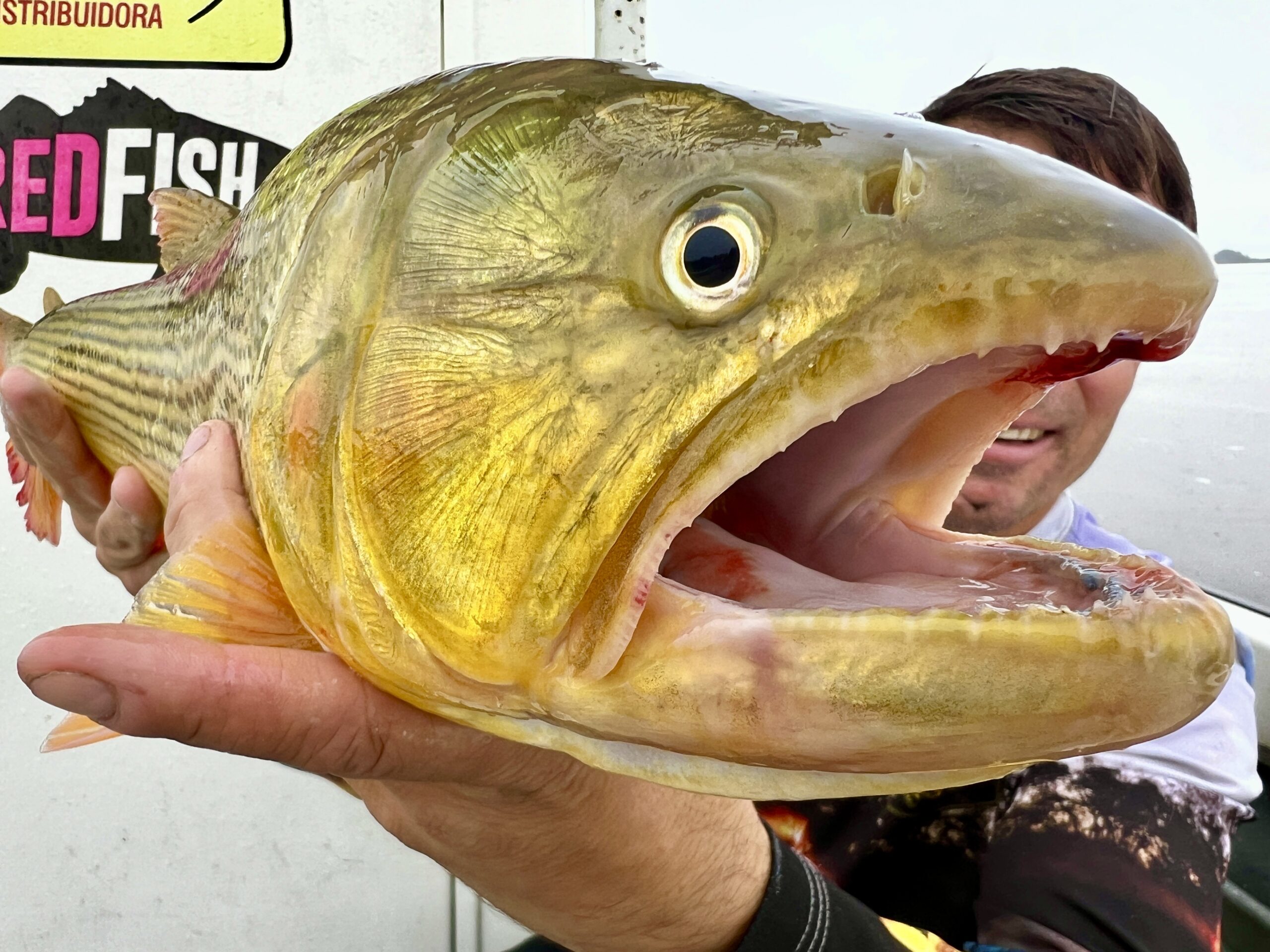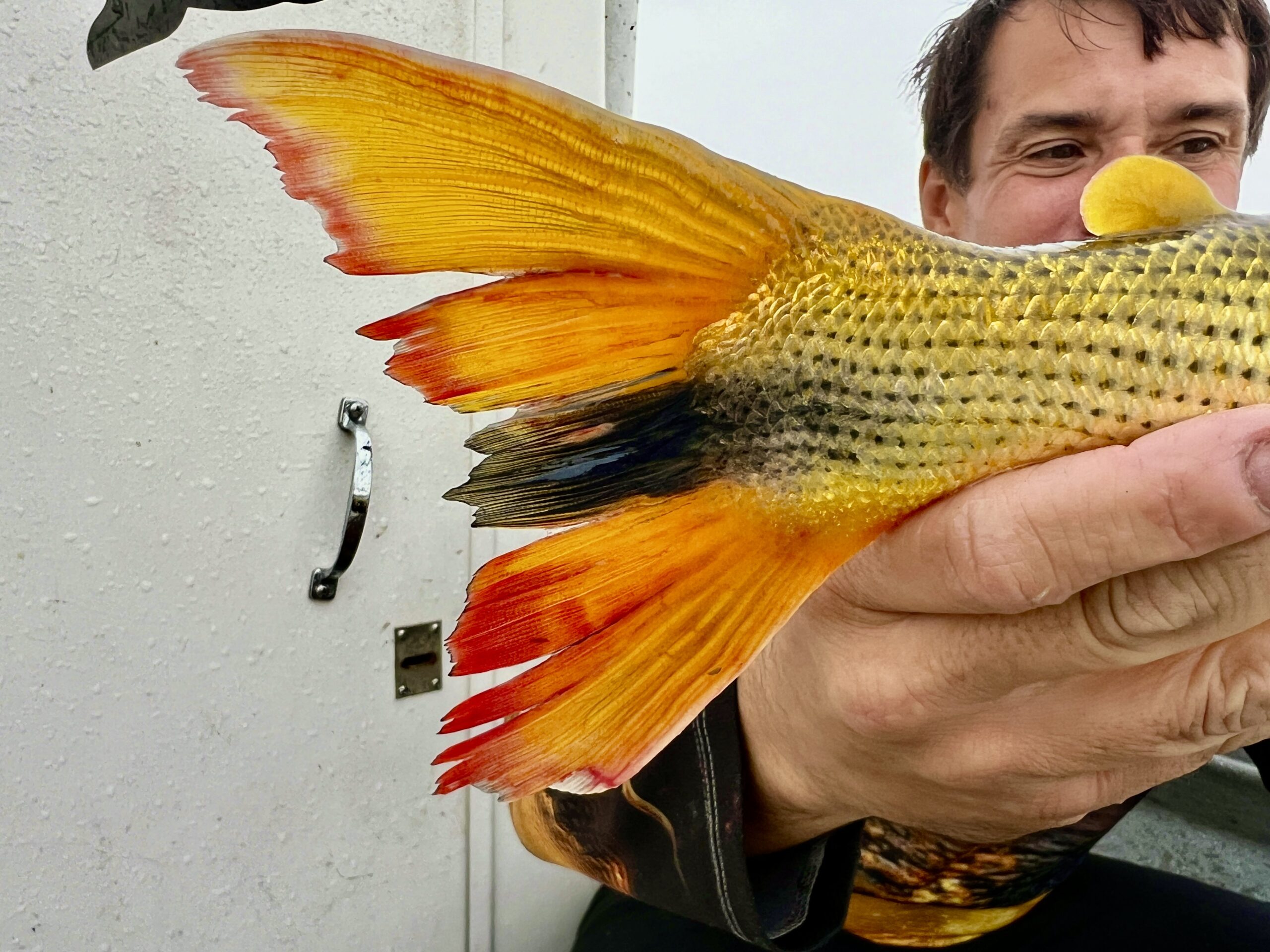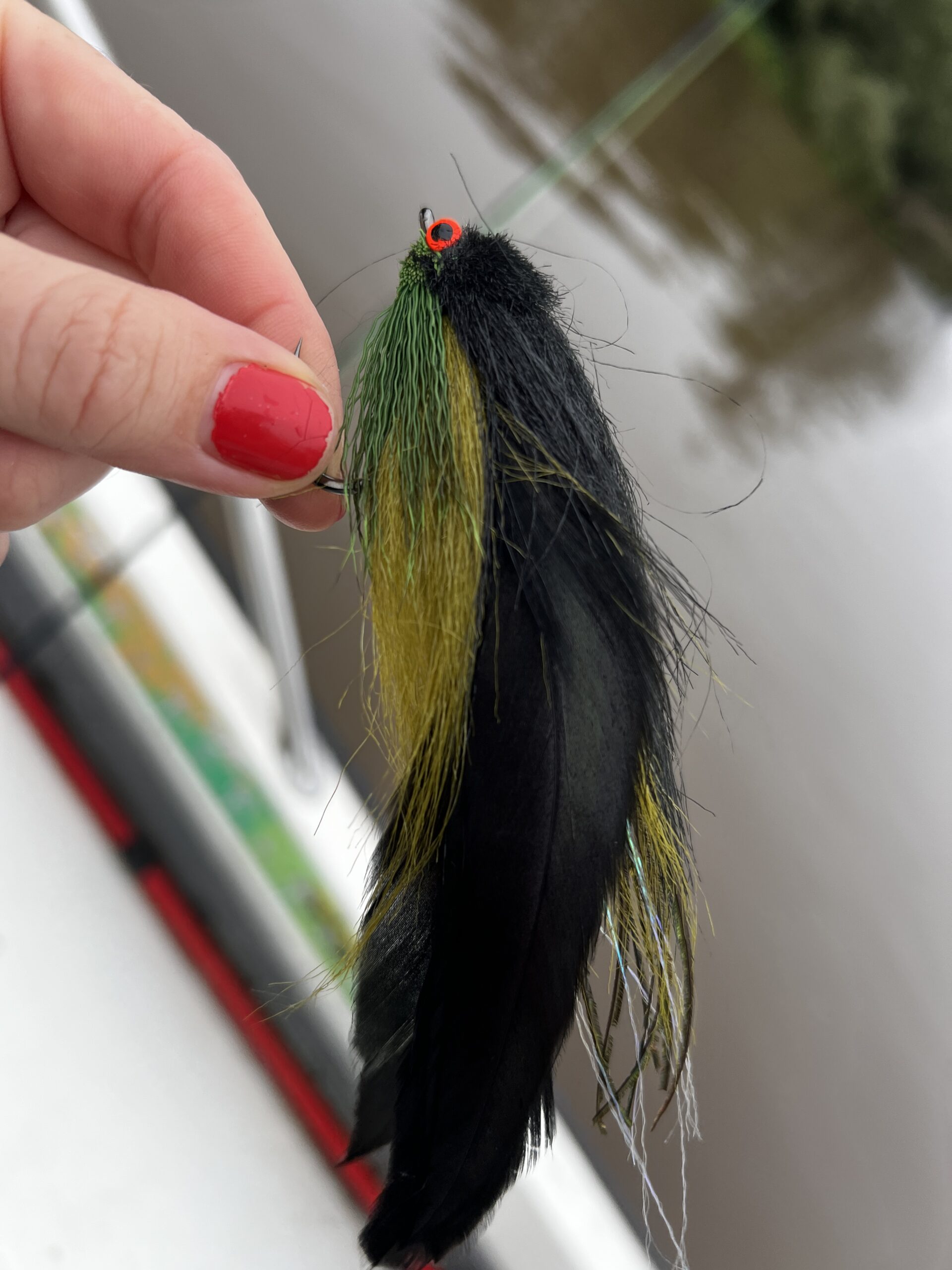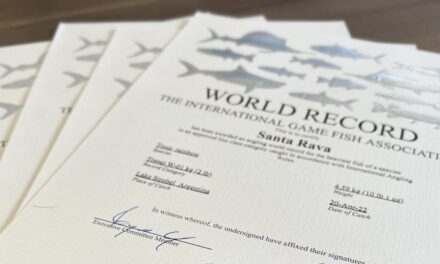A
s an adventurous soul with a passion for both travel and fly fishing, I see every trip as an opportunity to enrich my experiences beyond the river, lake, or ocean. When I journey to distant fishing destinations, it’s not just the thrill of the chase that draws me. I make it a point to arrive a few days early to immerse myself in the local culture, explore the sights, and savor the regional cuisine. After all, traveling to the far corners of the world offers a chance to embrace more than just fishing—it’s about soaking in diverse experiences and perspectives. Why travel so far if not to absorb every bit of the adventure, right?
Upon my return to the United States from Argentinian Patagonia, I faced a lengthy layover in Buenos Aires. Landing at midnight on April 29th from El Calafate, I didn’t just sit idle. Although I had visited Buenos Aires five times before and explored most of its tourist attractions, I decided to add a spontaneous half-day fishing trip for Golden Dorados with a local guide. Given that I had been fishing for giant trout in Argentinian Patagonia for the previous week, I was hardly equipped for dorado fishing. I only had a 7wt demo rod, the Thomas and Thomas Avantt II—set to be released in the coming months, which was on point only if my 7 wt freshwater trout line would cooperate, and 35lb fluorocarbon for making leader material, and luckily for me, two dorado flies I bought in South Patagonia. By a stroke of luck, a fly fishing/tackle shop in El Calafate, South Patagonia, had just two dorado-specific flies left—unexpectedly available so far south, yet a fortunate find for me. Dorados, known for their sharp teeth and fierce nature, demand sturdy flies for a successful catch. Impressively, those flies withstood several hours of vigorous battles, aiding me in landing 20 fish. By the end of the day, one of the 7-inch flies I began with was reduced to half its size, a testament to the relentless encounters it survived.
Unprepared but undeterred, I had to improvise with what I had on hand. For my half-day fishing adventure, I enlisted the help of Captain Maxi, a local guide specializing in conventional tackle. Though primarily a conventional tackle guide, Maxi will accommodate fly fishing requests if his clients bring their own gear. As I mentioned earlier, I wasn’t equipped with the ideal gear, but we made it work, and I managed to land 20 dorados. Typically, the dorados found between Buenos Aires, Argentina, and Uruguay aren’t very large, averaging about 25 inches. However, every so often, fortune smiles, and you reel in a sizable one that highlights your day. While fishing with Captain Maxi, there’s also a chance to catch Tiger Shovelnose catfish and even piranhas if you’re lucky. Maxi picked me up from the airport hotel at 5:30 AM, and we drove for an hour and a half north along the shores of Rio de la Plata to San Fernando, where his boat is moored. From there, it took us another hour and a half navigating the local chocolate-colored backwaters of Rio Tigre and Rio Paraná, eventually making our way into the Rio Uruguay. Fishing between two countries, Argentina and Uruguay, was an extraordinary experience that underscored the unique allure of this fishing adventure.
After navigating upstream, we passed picturesque islands and watched school boats gather children for the day—a tranquil beginning to our adventure. Our extensive boat ride brought us to a fishing spot uniquely located on the watery boundary between two countries.
We began our fishing along the islands straddling the border between two countries, right on the frontier. Fishing in the Rio Uruguay was unlike my usual experiences. The chocolate-colored waters, quite different from the clear streams where I’m accustomed to sight fishing, posed a unique challenge. Normally, one would wait for such waters to clear before casting, but here, the sediment carried by two merging rivers into the Rio de la Plata estuary—which spans 1.2 miles—keeps the water consistently murky. The water clarity improves the further upstream you go, as the stirred-up sediment from the rivers’ confluence at the Rio de la Plata estuary just before joining with the saltwater settles. In my experience, the fish here are incredibly aggressive, attacking anything that disturbs the surface. The murky waters of Rio De la Plata mean you don’t need precise fly presentation. In fact, the more you slap the water with your fly, the more the dorados seem to be provoked into action. Often, as soon as the fly lands near a log or a bank, the fish strike ferociously. I missed countless strikes because my flies were long with only a single hook, and the fish tended to bite at the tail as I stripped it in.
I can’t recall a single cast that day that didn’t result in a tug or a missed bite—the dorados were exceptionally active and hungry. Had my flies been equipped with trailing hooks, I might have landed twice as many. It was an unforgettable experience that I’d eagerly repeat. I had a fantastic time and hope that by sharing this, you’ll be inspired to pursue a similar adventure.
To ensure you’re well-prepared for your adventure on Rio de la Plata or on upstream rivers, I’ve compiled a list of essential gear. This will help you maximize your chances of catching dorados in Buenos Aires and perhaps even double my catch! Here’s what you’ll need to improve and enhance your fishing experience:
- Rod: Opt for an 8-10 wt rod, which offers the strength and flexibility needed for the vigorous fights you’ll encounter. A fast-action, stiff rod of at least 9 feet will help in casting large flies over distances between 30 to 60 feet from the boat.
- Fly Line: Use a matching floating line, preferably slightly overweight, to help turn over large flies. Also, consider including a sinking line of 100gr in your arsenal.
- Reel: A reel with a robust drag system is essential, ideally suited for saltwater to handle the corrosive environment.
- Leader: A 50 lb leader is necessary to withstand the bites of these strong fish.
- Flies: Variety is key. Carry flies in sizes ranging from 4-8 inches, tied on saltwater hooks sizes 2/0 or 4/0. Preferred colors include red, black, chartreuse, yellow, and green. Some topwater flies can also be effective.
- Tippets: Steel wire bite tippets are crucial as dorados have razor-sharp teeth. These will prevent the fish from cutting the line during your retrieves.
Consider this gear akin to preparing for musky fishing due to the similar challenges posed by the fish’s strength and teeth. Additionally, you might encounter piranhas, notorious for their sharp teeth. These little predators can easily sever your line, as I’ve experienced losing whole leaders and flies to them. This equipment setup will prepare you for both the expected and the surprises, making your fishing adventure in Rio de la Plata more enjoyable and successful.




























